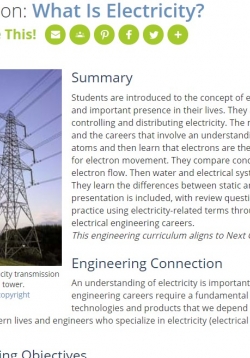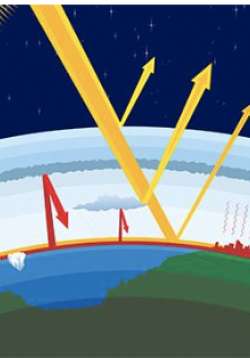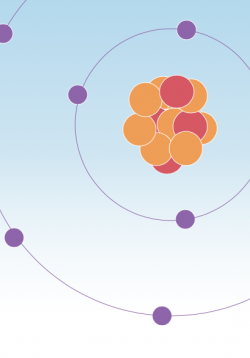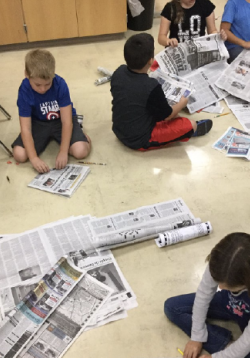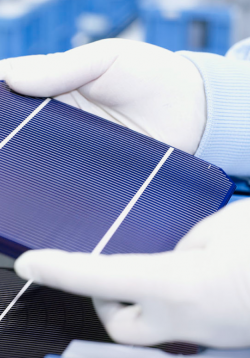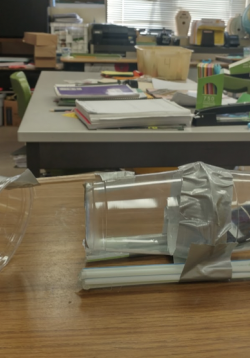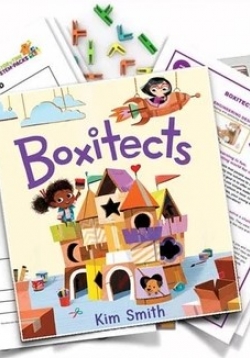
These STEM Packs for grades PreK-5 use picture books to engage students in a series of 40 minute pre-designed STEM lessons with associated materials. Many kits are reusable or easily refurbishable with basic materials. The topics are derived explicitly from NGSS and are aligned with the standards across multiple Disciplinary Core Ideas. CE and AIU co-developed two energy-focused Storytime STEM Packs, including "Boy Who Harnessed the Wind" investigation and engineering design and "My Papi has a Motorcycle" energy use exploration.

